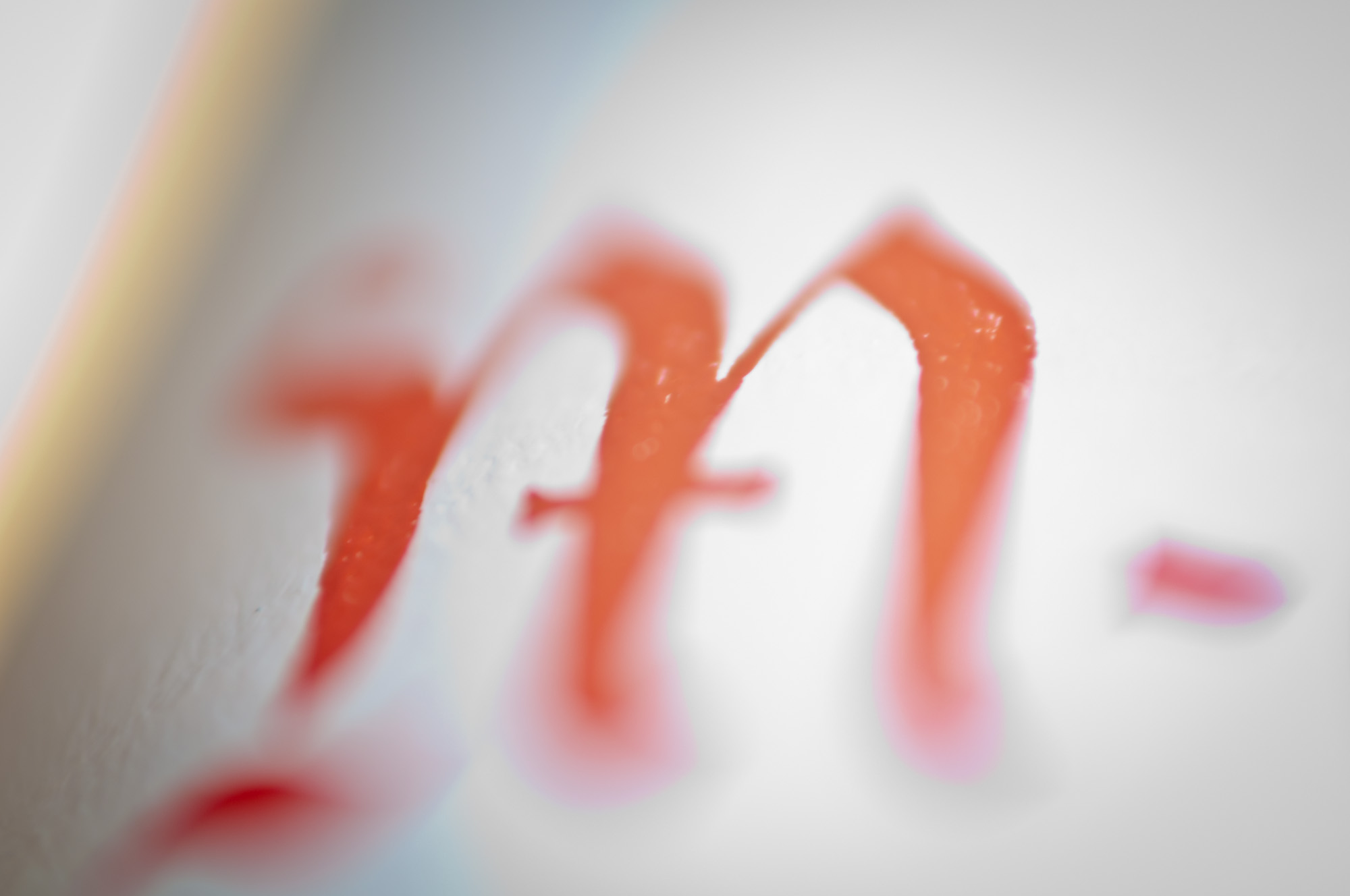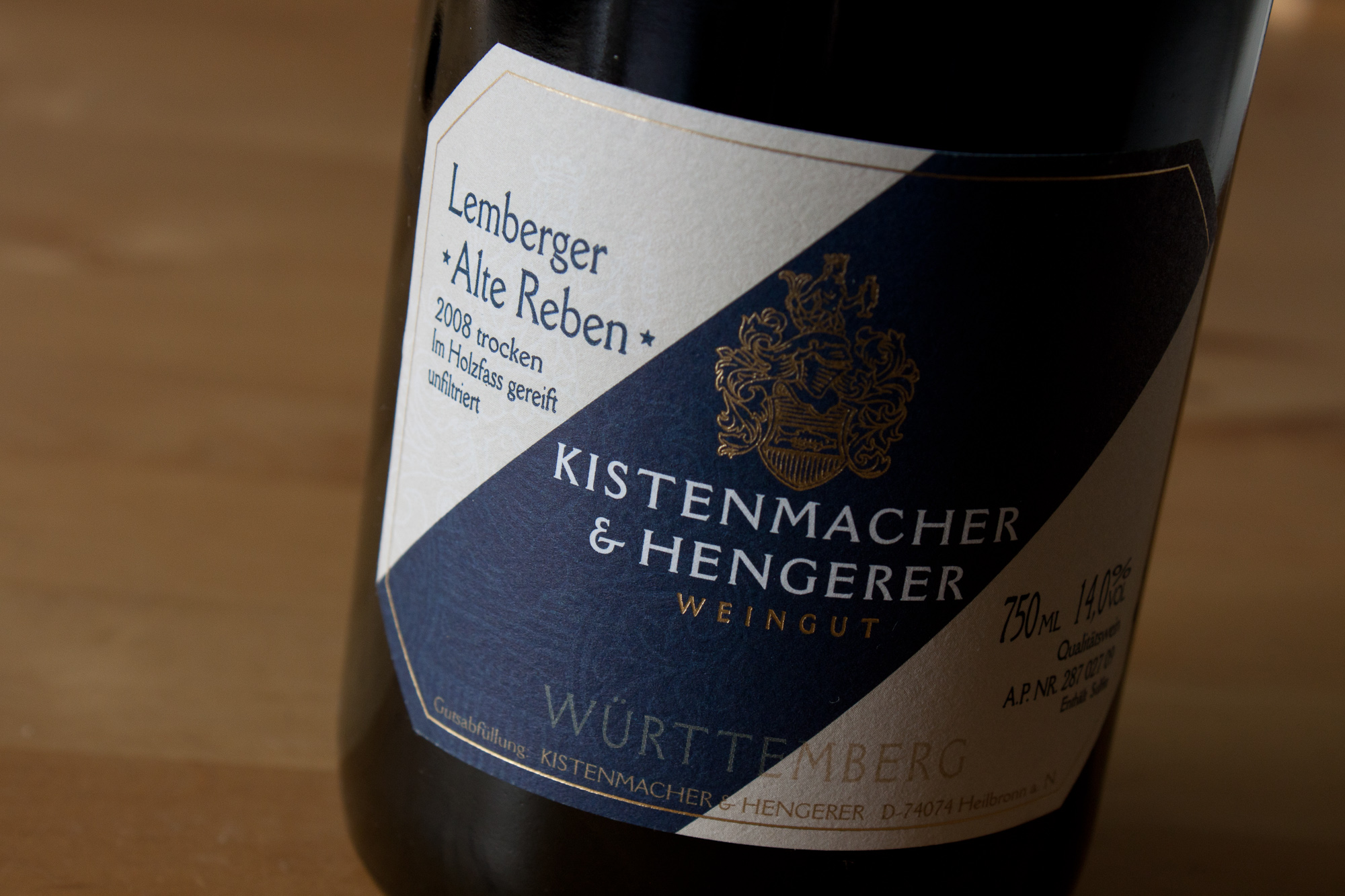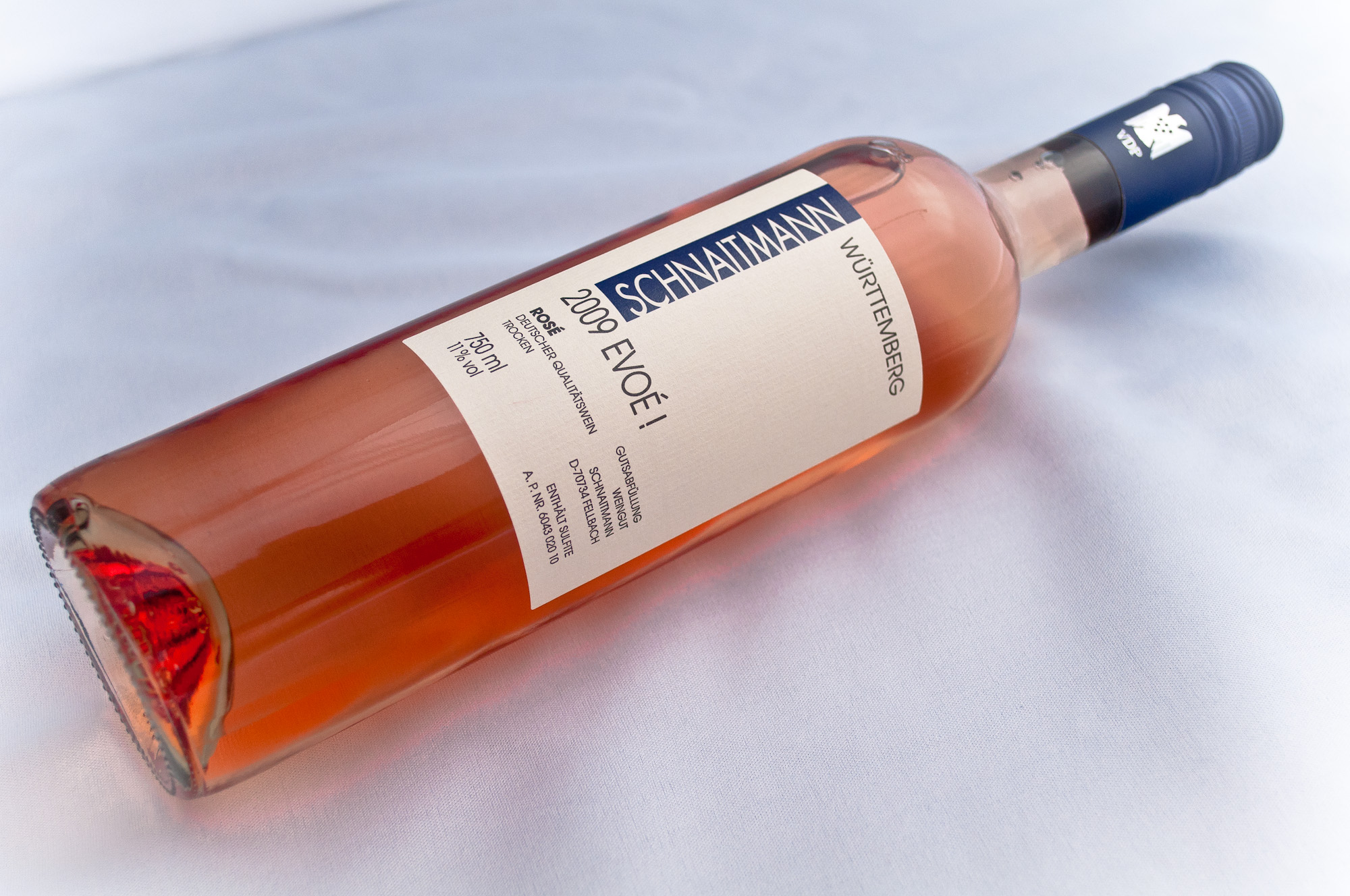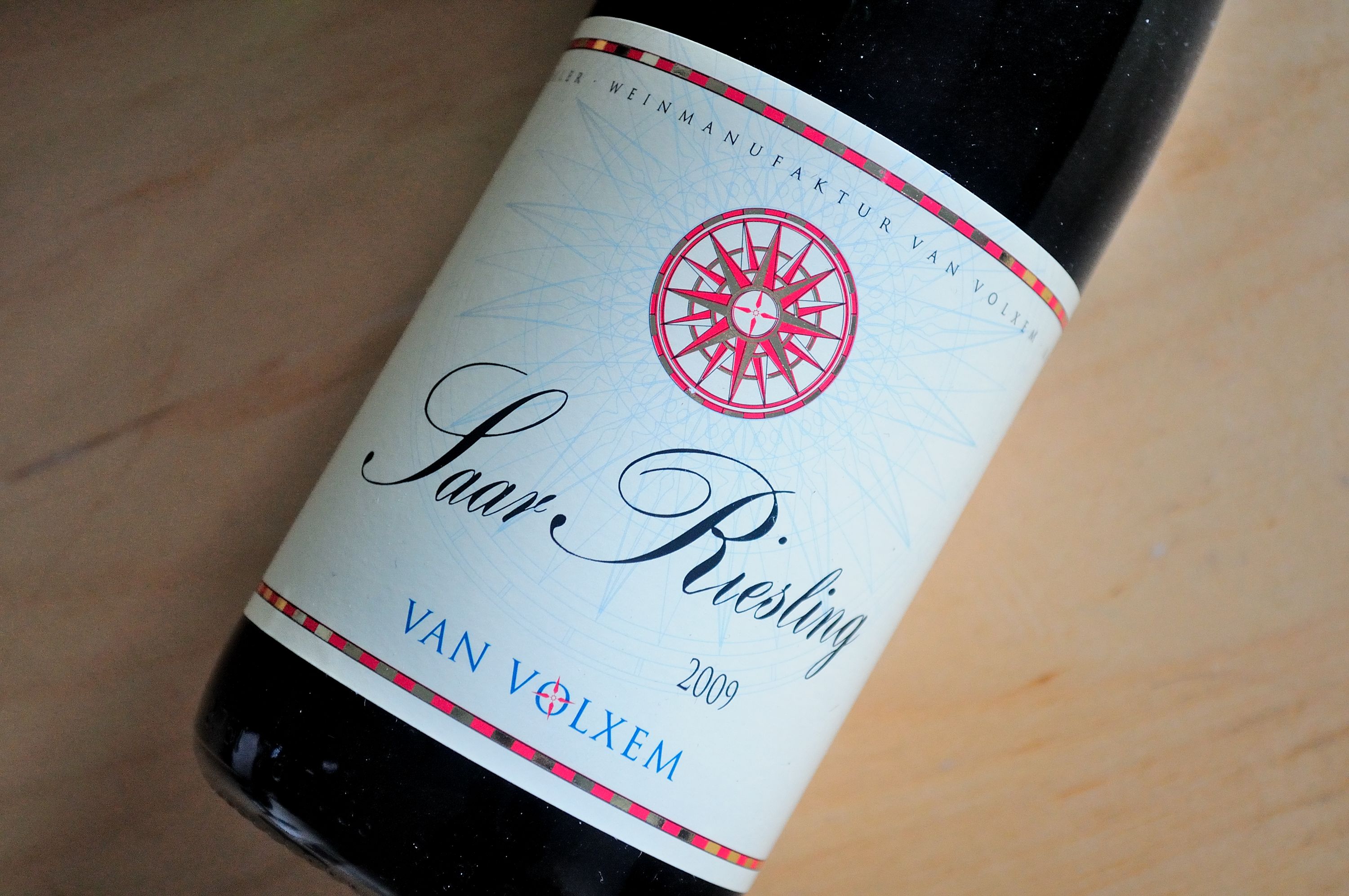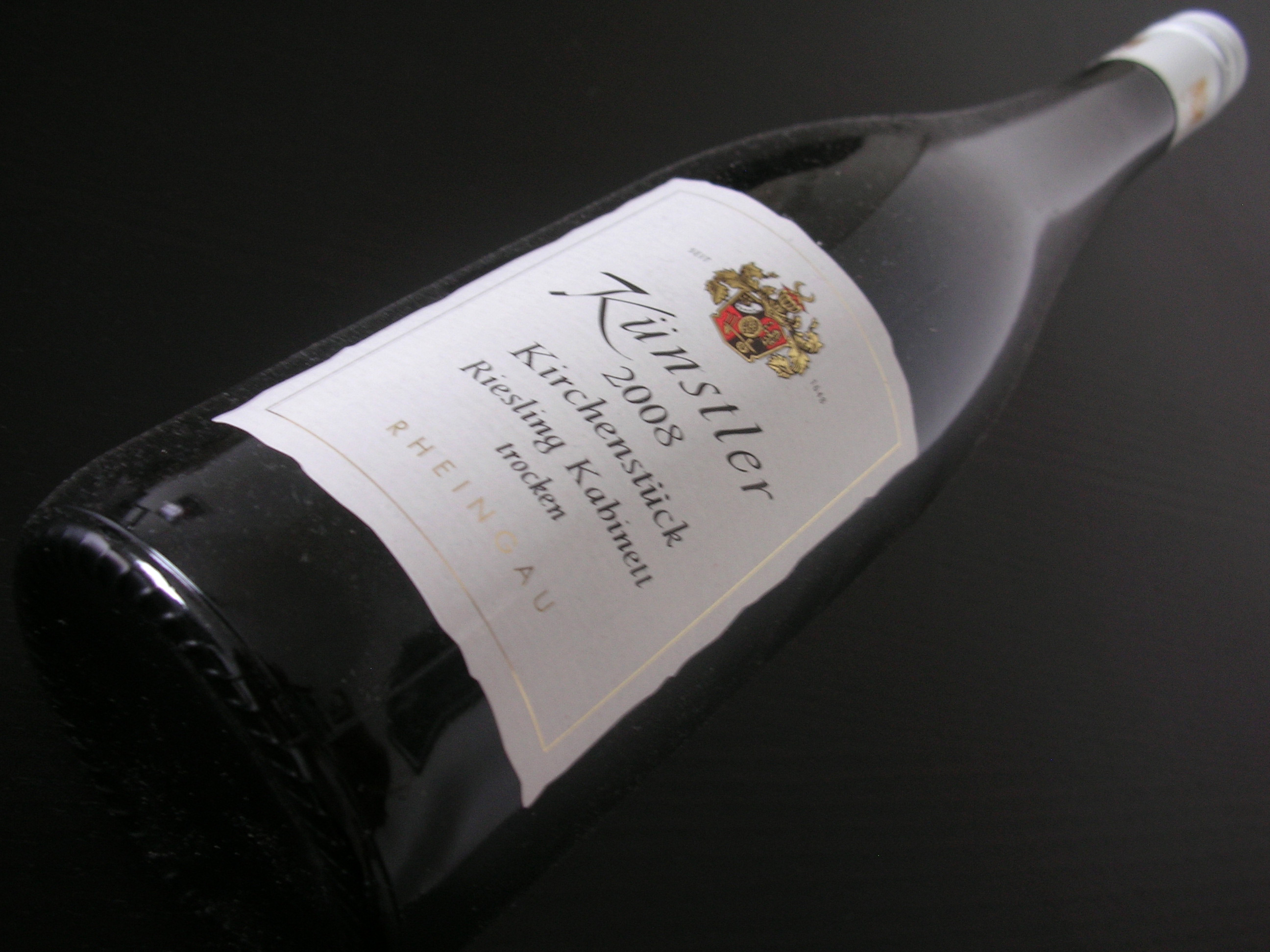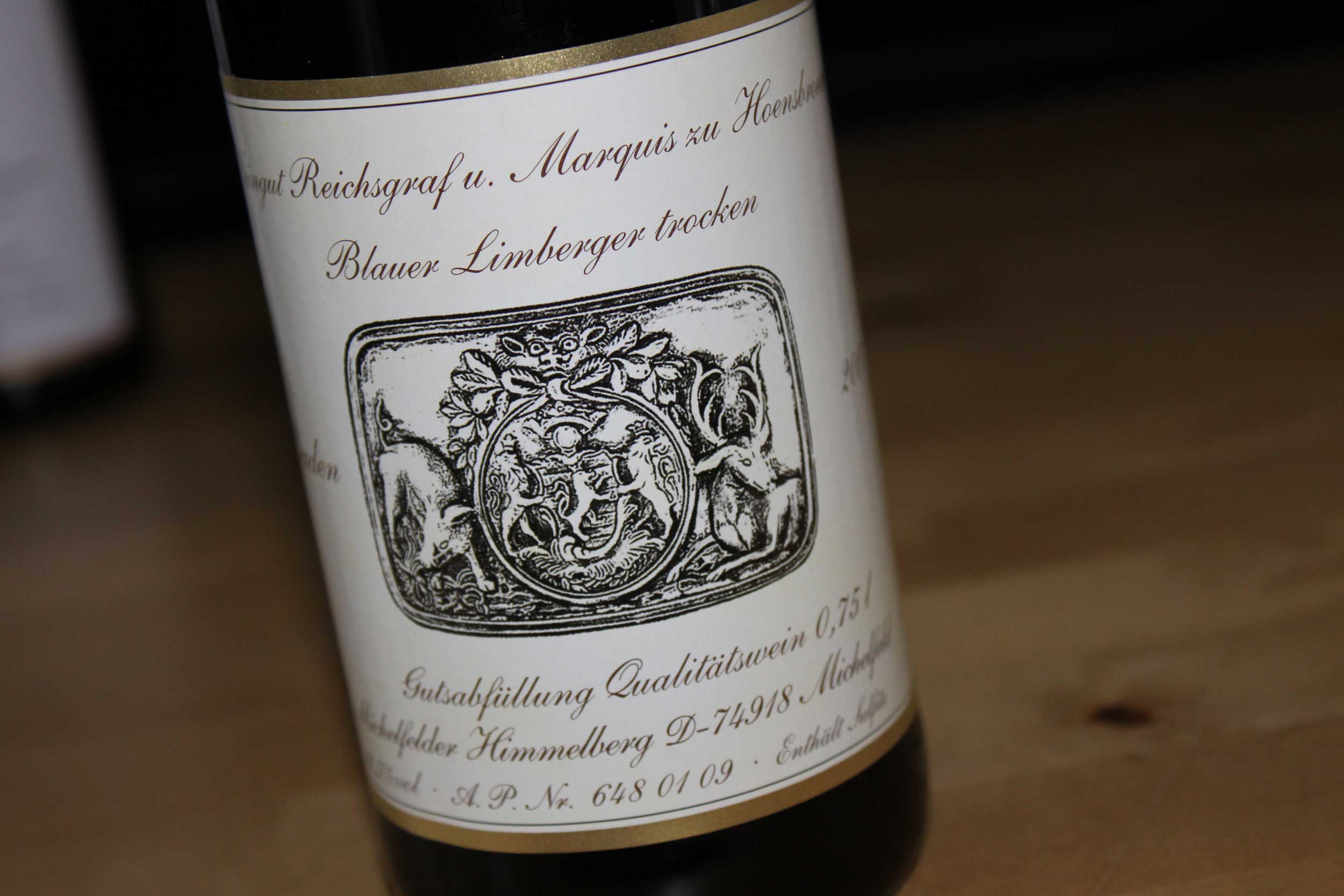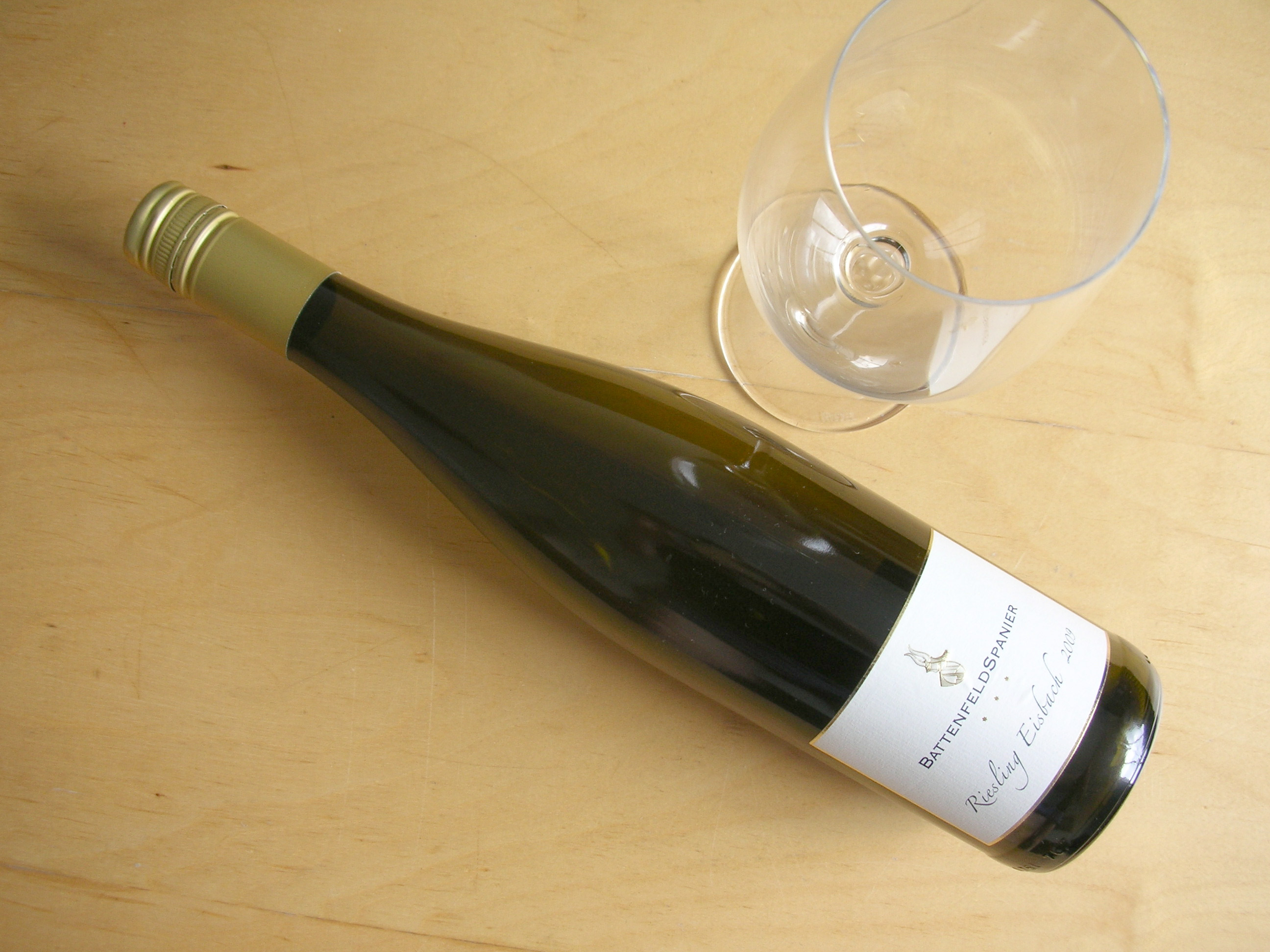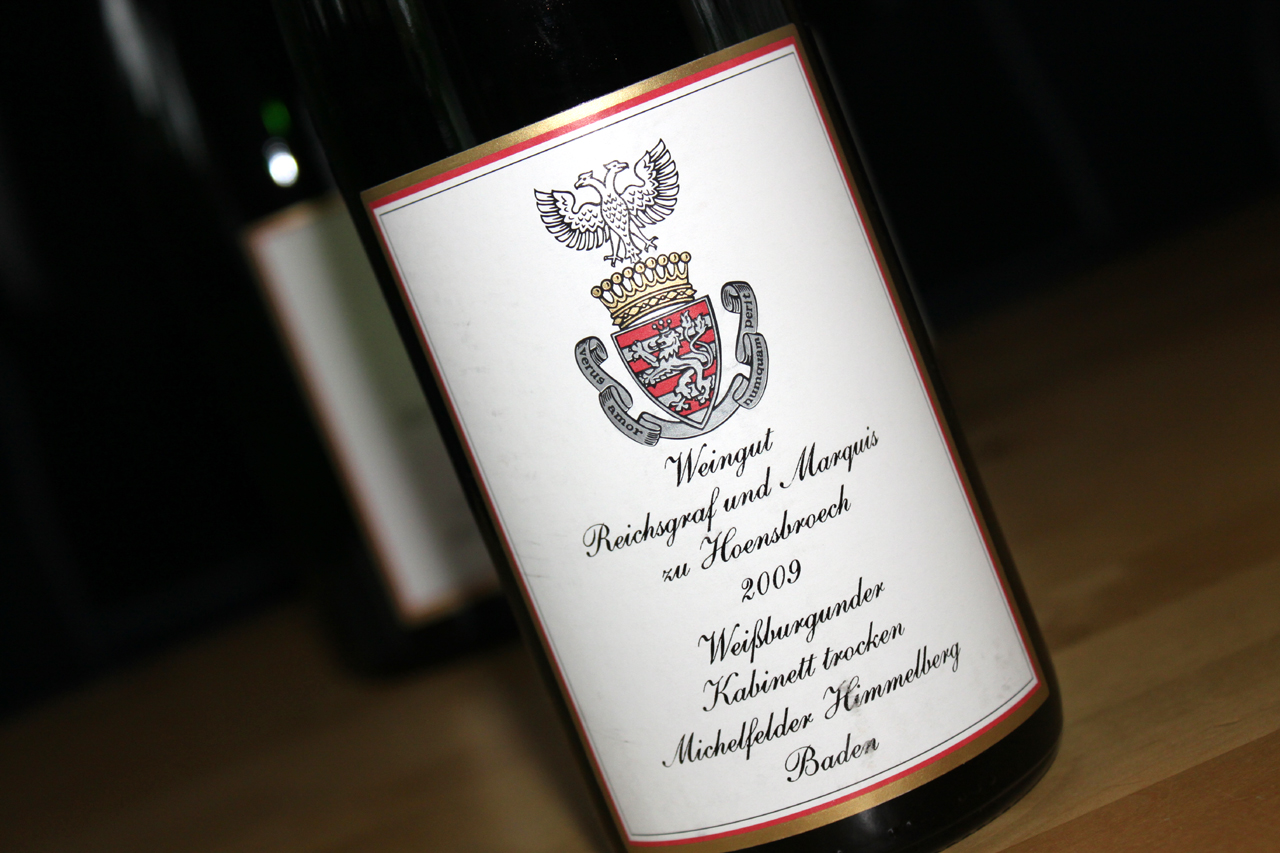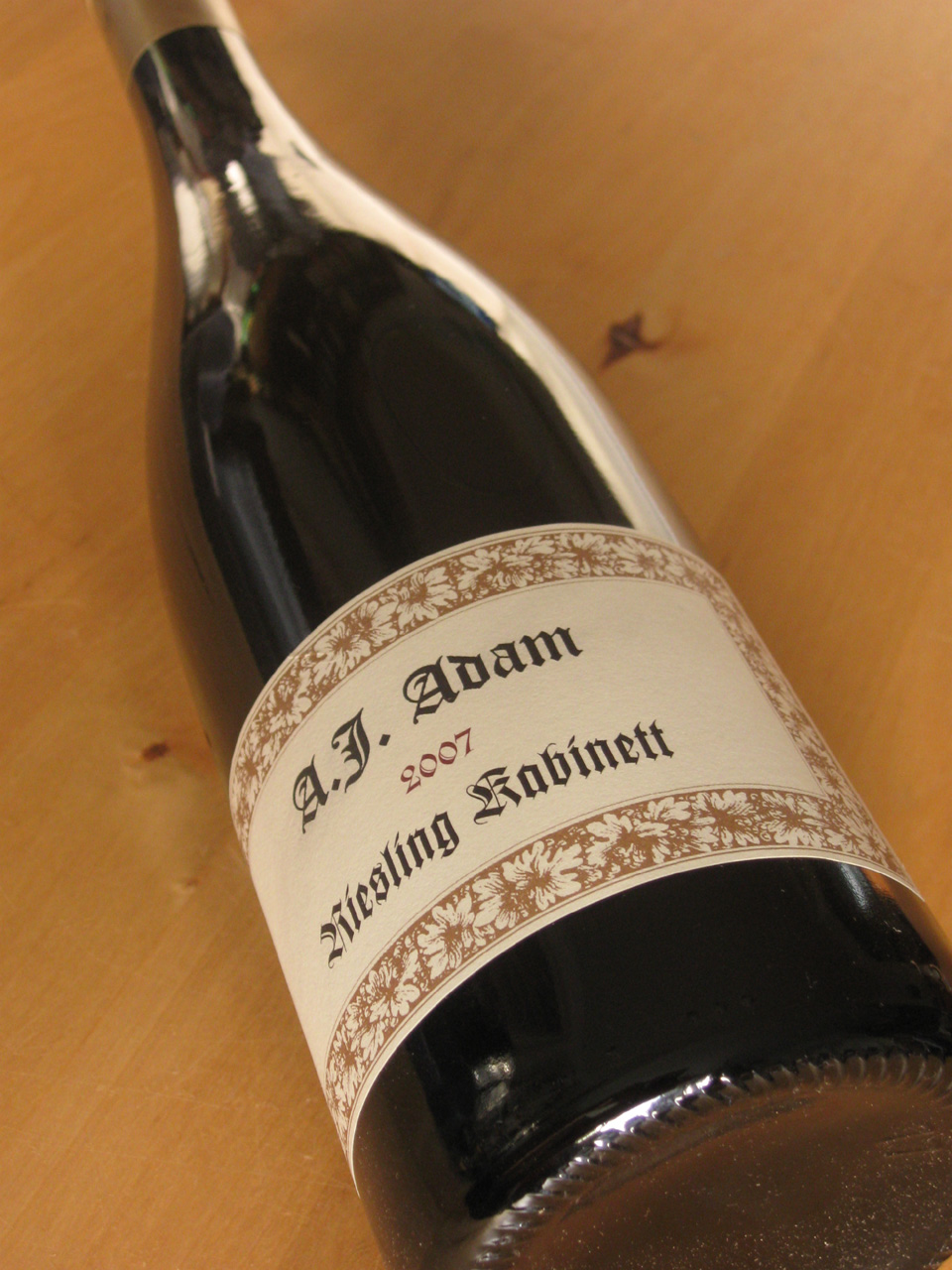Georg Mosbacher, Weißburgunder "sl", 2008
For me, the last couple of months were Silvaner and Pinot Blanc (Weißburgunder) time - two of my favourite wines during asparagus season. A Pinot Blanc I was particularly looking forward to comes from Mosbacher, a well respected Pfalz winery. The Mosbacher Weißburgunder SL is made "sur lie", which is French for "on the lees", meaning that the wine spent extra time on the deposits of dead yeast - a process that is meant to result in more depth and substance.

I took the Weißburgunder with me to a four course asparagus menu, hoping it would be versatile enough to go with a range of dishes from asparagus soup to fish with asparagus spears and horseradish hollandaise.

